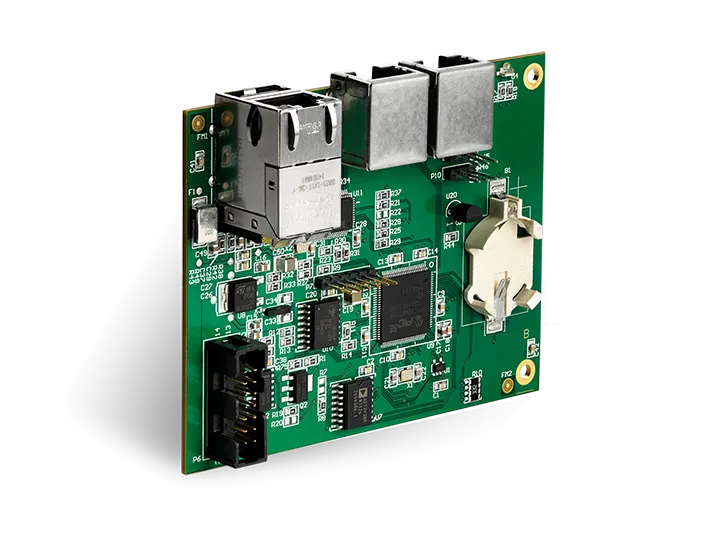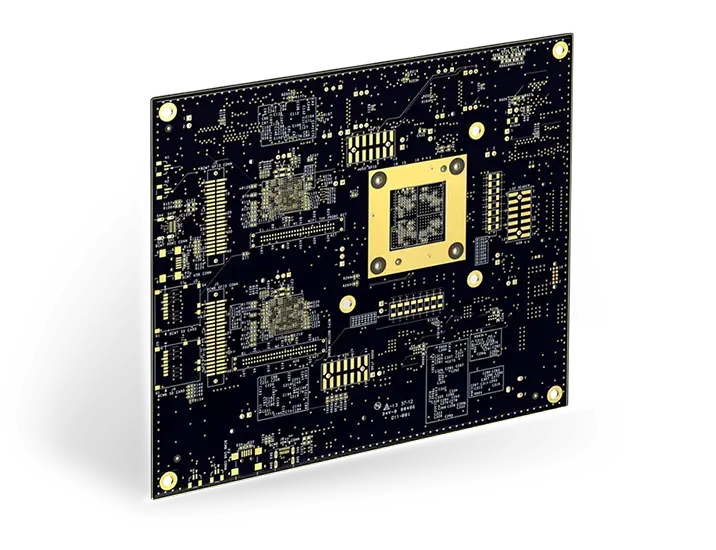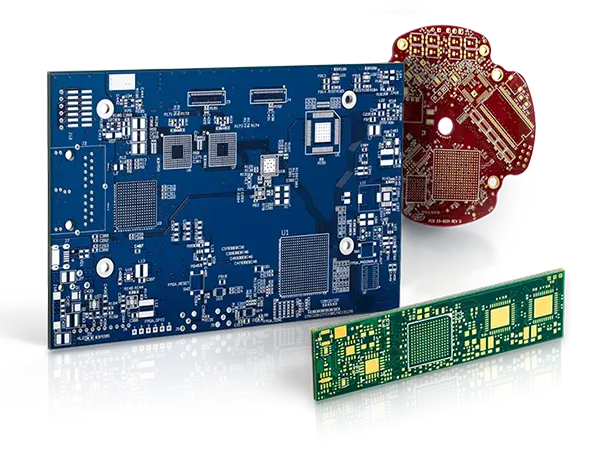Webinar: Opening Closed Eyes
REGISTER NOW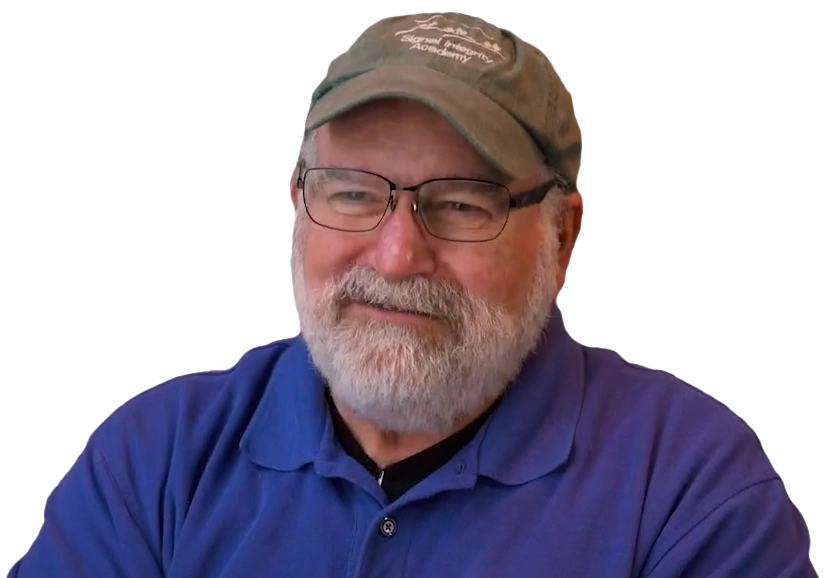
May 21st, 2025 | 10 AM PT
COST: FREE
-
44
Days
-
10
Hours
-
56
Minutes
-
24
Seconds
Prof. Eric Bogatin
University of Colorado, Boulder
This webinar will be hosted on Zoom.
Following this event, you will receive:
-
Slides
-
Recording
Webinar abstract:
In all high-speed serial links—such as USB, PCIe, Ethernet, and HDMI—signal integrity is crucial for reliable data transmission. However, without proper design guidelines, the signal can degrade as it travels through the channel, leading to a closed eye at the receiver. When the eye is too small, bit errors increase, causing performance issues or even complete system failures.
<br></br>
Even in well-optimized designs, factors like channel loss, reflections, and crosstalk can contribute to eye closure. In such cases, equalization techniques must be applied to restore signal quality and reopen the eye. Understanding these challenges and the right mitigation strategies is essential for achieving robust high-speed designs.
<br></br>
In this webinar, Prof. Eric Bogatin will review the most common design problems that cause eye closure, best practices for minimizing these issues, and an introduction to equalization techniques that can be used to compensate for signal degradation and improve performance.
Register now!
Webinar agenda:
- Identify the four common design problems that contribute to a closed eye.
- Provide best-practice design guidelines to minimize these issues and optimize signal integrity.
- Introduce equalization techniques that can be used to reopen a closed eye and improve data transmission reliability.
- Demonstrate real-world examples and simulation results to illustrate the impact of design choices and equalization methods.
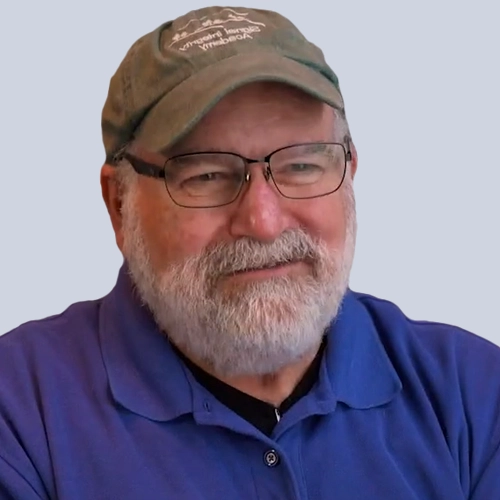
About Prof. Eric Bogatin
Eric is a professor at the University of Colorado, Boulder in the ECEE dept, teaching the senior design lab capstone course and graduate courses on signal integrity. He is also a Fellow with Teledyne LeCroy and the technical Editor of the Signal Integrity Journal. He has a BS in physics from MIT and a PhD in physics from the University of Arizona, Tucson. He has published 15 books in the field of signal integrity and lectures worldwide.

